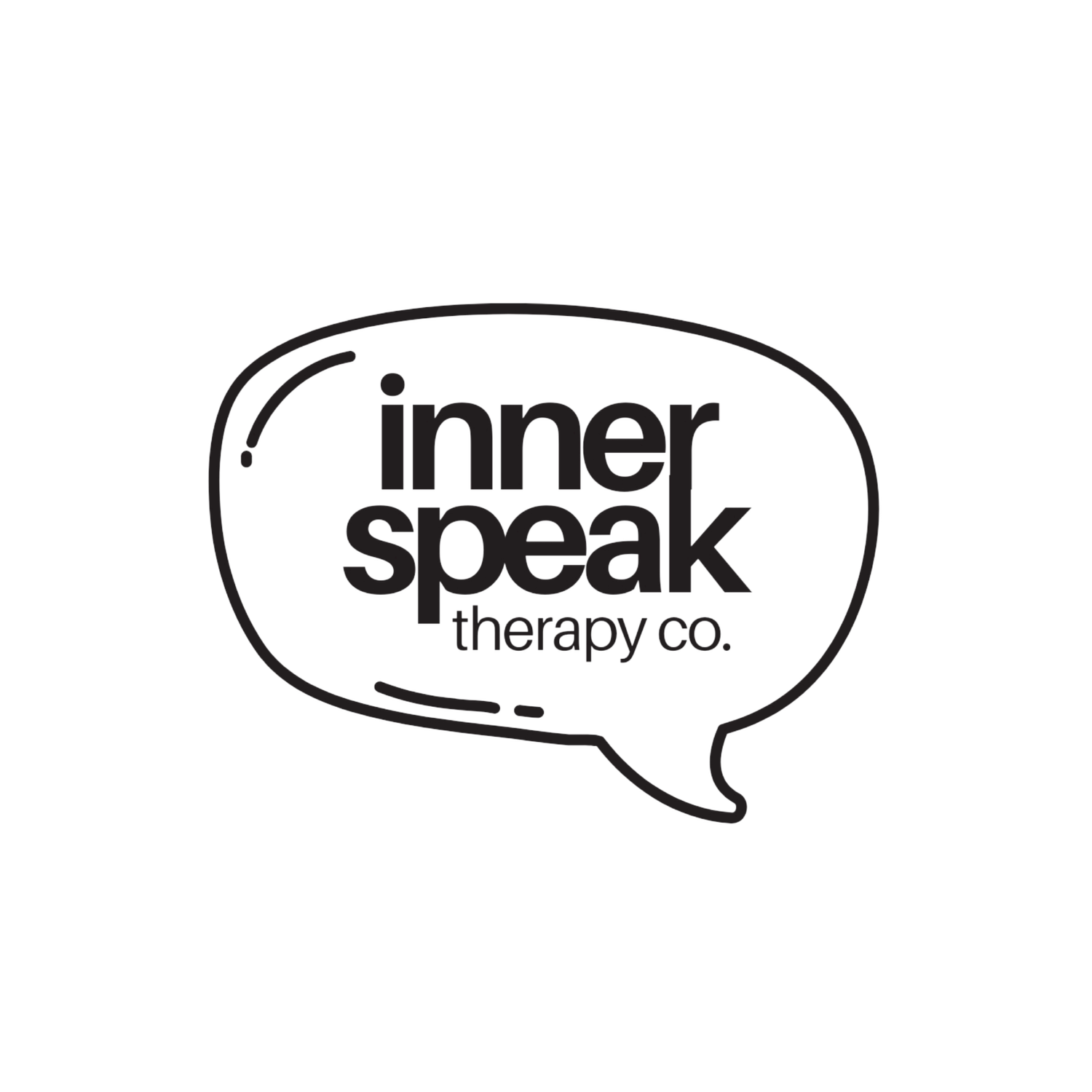Somatic Practices: Getting Out of Your Head (Literally)
Ever been told to “just talk about it” and felt like your body said, “No thanks”? That’s because healing doesn’t only happen through words—it also happens through the body. Somatic practices invite us to stop intellectualizing everything and start feeling again.
Based on the teachings of Linda Thai and other trauma-informed somatic educators, this post explores what somatics is, why it matters, and how a decolonized lens shows us that embodiment isn’t new—it’s ancient.
1. What are somatic practices, exactly?
"Somatic" comes from the Greek word soma, meaning the living body. Somatic practices are body-based approaches to healing that help us reconnect with our physical sensations, emotions, and internal cues. This can include grounding, movement, breathwork, touch, and even stillness.
It’s not about performance or fitness, it’s about tuning into the felt sense of your body, especially after trauma has made it feel unsafe to do so.
2. Trauma pulls us out of the body
When we’re overwhelmed, our bodies often protect us by disconnecting us from sensation—this is especially true for folks who’ve experienced complex trauma, marginalization, or intergenerational violence. Somatic work gently invites us back into relationship with our body, at our own pace.
Linda Thai teaches that trauma is stored in the nervous system, and that healing often begins by building tolerance for presence. Not diving into the pain all at once, but gently noticing breath, tension, temperature, and the messages your body might be holding.
3. Decolonizing somatics means remembering ancestral wisdom
Somatics is not a new invention. Many cultures have embodied healing traditions: dance, breath, chanting, drumming, prayer, food preparation, ritual, and connection to land. A decolonized approach to somatics honors these roots and doesn’t reduce the body to a tool for productivity or self-optimization.
Instead of asking "How can I fix myself?" decolonized somatics asks: "What did I have to leave behind to survive, and how can I reclaim it with care?"
4. What somatic healing might look like in your daily life:
Stretching or gently shaking out tension after a hard conversation
Placing a hand on your chest or belly when overwhelmed
Walking barefoot on grass or sand
Using scent, texture, or sound to come back to the present
Naming what sensation you feel without needing to explain it
These might seem small, but they’re powerful. Each one is a way of saying, "I'm here. I'm safe enough to feel."
5. You don’t need to do this alone
Working with a somatic therapist can help you navigate body-based healing with care and attunement. Especially for folks whose identities have been policed or medicalized, it’s vital to move at a pace that centers consent and autonomy.
Somatic work isn’t about controlling the body—it’s about listening to it.
TL;DR
Somatic practices help you reconnect with your body as a site of wisdom, not just survival. Through a decolonized lens, somatics becomes a reclamation—a return to the embodied knowing our ancestors carried long before the clinical world caught on.
Ready to reconnect with your body and your roots? I offer somatic-based therapy that honors your nervous system and lived experience. Reach out here to get started.
Sources:
Fisher, J. (2021). Transforming the Living Legacy of Trauma. PESI Publishing.
Levine, P. A. (1997). Waking the Tiger: Healing Trauma. North Atlantic Books.
Ogden, P., Minton, K., & Pain, C. (2006). Trauma and the Body: A Sensorimotor Approach to Psychotherapy. Norton.
Thai, L. (2023). "Decolonizing the Body: Somatics, Trauma, and Collective Liberation." Public teachings and workshops.
